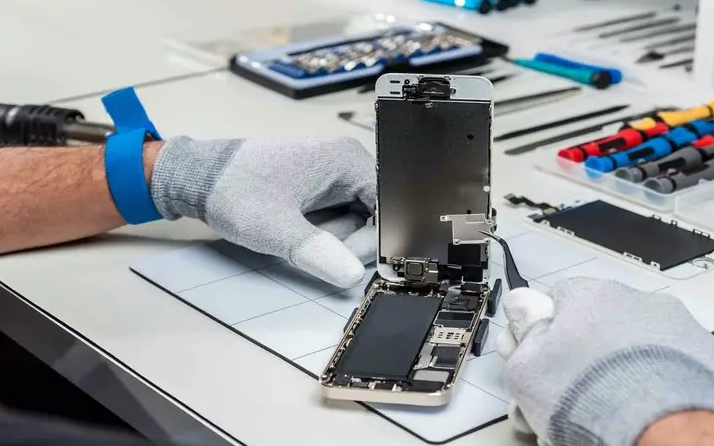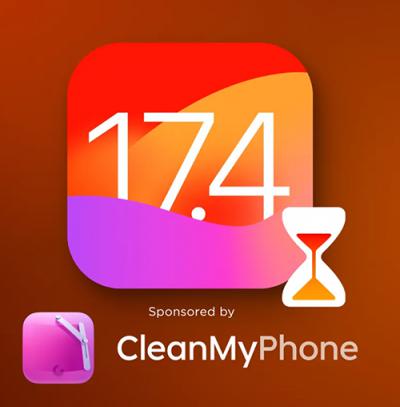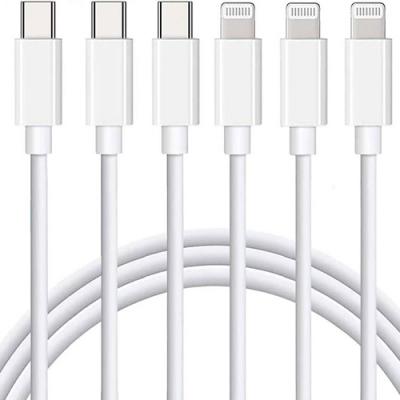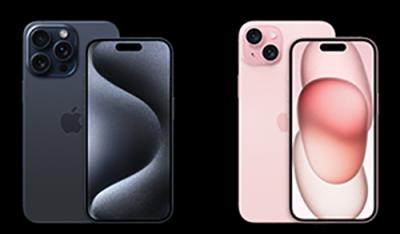About iPhone 14 Repair
BY ETrade Supply | 十一月 1st, 2022 | 0 | 1
Apple AppleCare+ pricing varies by device, and customers can choose to pay monthly or at full price. For iPhone 14, AppleCare+ costs $9.99 per month or $199 for the full price. It's worth noting that even with an AppleCare+ subscription, customers will still need to pay Apple for service if their device needs repair.
So far, while Apple has reduced the difficulty of repairing the iPhone 14 series, the question of "who can repair it" is hotly debated. The third-party channel repair.
Sources in the third-party repair community say that while it may be easy to take apart an iPhone 14, it's quite difficult to get it to work properly afterward.
According to the claim, the new issue is around the iPhone 14 series "All Day Display" (AOD), which calibrates the display brightness using the phone's two ambient light sensors (ALS). To save electricity, the display turns off automatically in the evening or when the phone is in your pocket. However, if your display is broken and you replace it through a non-Apple authorized service center, the ALS will always be turned off, leaving the screen permanently black unless you remember where the slider is and then unlock it and manually adjust it to the proper brightness under dim lighting conditions.
It's worth noting that the ambient light sensor has been a problem in previous iPhones, even with the location of the controller. For example, on iPhone 12 was located at a sensor-bending structure that tilted on its own in the event of a mechanical failure. On iPhone 13, it's been moved to a new cluster of components, reducing the risk of accidental damage. The iPhone 14 sensor is similarly located, so any failure would be a software-related issue.
Youtuber @Hugh Jefferys posted a video about this issue where he swaps the motherboards of two brand new iPhone (14 and 14 Pro) phones. Despite all the parts being brand new and original to Apple, the phones had numerous reported errors and malfunctions, including but not limited to FaceID, battery health, True Tone and auto-brightness, and even the front-facing camera didn't work properly, and when swapped them back in again the problem persisted until he downgraded the phones to iOS 16.0 to "fixed".
That said, Apple has introduced new "part pairing" restrictions on the iPhone 14 series, where each part of the phone is tied to a digital ID. For example, the display has a unique ID recorded on its hardware, and the iPhone checks for that ID whenever you turn it on.
In the case of the iPhone 14, it will only work if it has its "own" display applied. If it doesn't detect the original ID properly, then I'm sorry to say that it's about as good as a brick. Users will also see a string of error messages urging them to go to their local Apple support for a replacement, but your device will also be marked as "hosting an unauthorized component".
The only way around this is for an Apple-authorized technician to manually accept a new pairing ID via Apple's in-house software/tools, a procedure that insiders say requires a technician to connect to Apple's private network via the Internet, a process that Apple "tightly controls."
Before iPhone 13, third-party repair stores could use a custom EEPROM programmer that could solve this problem. Repairers could read the part ID code from the original display and write it to the display that needed to be replaced. The replacement display was usually a refurbished factory display, but unfortunately, this method is no longer available for the iPhone 14 series.
The result of this policy is that repair stores other than official Apple stores will not be able to repair any new iPhones. Yet the cost of joining an official Apple Authorized Store is so high for some smaller stores that many partner companies are reconsidering whether they want to maintain the status quo. "As an independent repairer, the Independent Repair Program (IRP) is not profitable enough to sustain a retail business," said one person, who asked not to be named.
But you should know that Apple has historically opposed users repairing their own devices, even though Apple previously introduced official do-it-yourself repair kits. Apple supports anti-repair rights groups and tries to perform all repair services within its service process. This has led to problems such as Apple charging too much for basic repairs on some machines. The most infamous example, according to the CBC, was a Genius Bar that was repaired for $1,200 while a third-party store only cost $75.

While some have criticized this as a monopoly and a way to make a sizable profit for themselves, Apple still denies it and told the U.S. Antitrust Subcommittee that "the cost of providing repair services in 2019 has exceeded the revenue generated by the repairs." Although Apple did not explain whether this constituted the entirety of its repair business or just repairs made under warranty.
In 2019, the company said it would allow third-party repair stores to "verify" that they receive the same tools, parts, and manuals as its asp. On November 17, 2021, the company announced a self-service repair program that would provide users with tools, parts, and manuals. The result, however, is that consumers are forced to pay much more than they should or could for repairs to keep their iPhones running. For example, a third-party store that uses genuine Apple displays would cost about £140 to repair an iPhone 11 display, while the same repair at an authorized Apple store would cost closer to £220. This compares to £95 for a replacement display from a third-party company.
"People can buy a device outright, but the manufacturer will still have control over its functionality for years to come," said Jason Eccles, managing director of SimplyFixIt, a chain of independent repair stores across Scotland. "It's frustrating for us because we want to provide the best repair products, but Apple seems to have arbitrary rules about what we can do, sometimes even creating new problems in iOS updates." "But I think it's hard to argue that limiting phone features is good for consumers, even if we're using genuine parts." Echols added that repairing existing devices seems important from an environmental and sustainability standpoint. We still repair Macbooks and iMacs that are 10 years old," he said. This shows that many Apple devices can be fully functional with a few repairs." "If everyone had to pay £349 for a new screen, more people would be willing to switch their next phone to Android. while Apple may not want to admit it, we're helping users stay in their ecosystem."
The use of software locks is a "possible danger to repair," according to Liz Chamberlain, head of sustainability at iFixit, and this new issue is excellent evidence that "repairability needs to consider software locks, not just hardware." She went on to say that, whether on purpose or not, Apple has "proved that it cannot be trusted to link components to terminate switches." Unless politicians intervene to safeguard users' ability to repair, Apple is likely to "disable all independently repaired phones."












 IOS 17.4 official version pushed to block battery vulnerability
IOS 17.4 official version pushed to block battery vulnerability  Is the Chinese-made rear case for the iPhone 15 series going on the market?
Is the Chinese-made rear case for the iPhone 15 series going on the market?  New products coming:USB to MFI Lightning Cable
New products coming:USB to MFI Lightning Cable  Big BUG of iPhone 15
Big BUG of iPhone 15  Successfully submitted!
Successfully submitted!